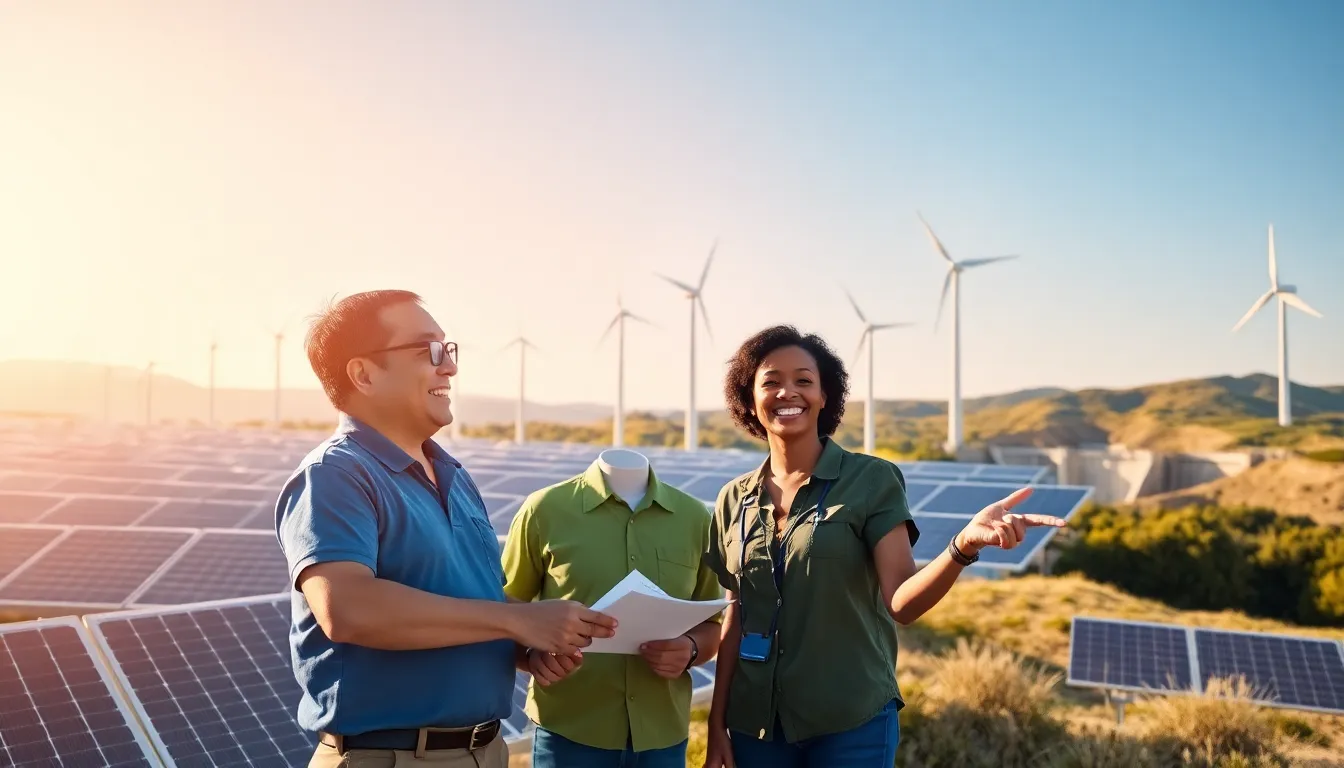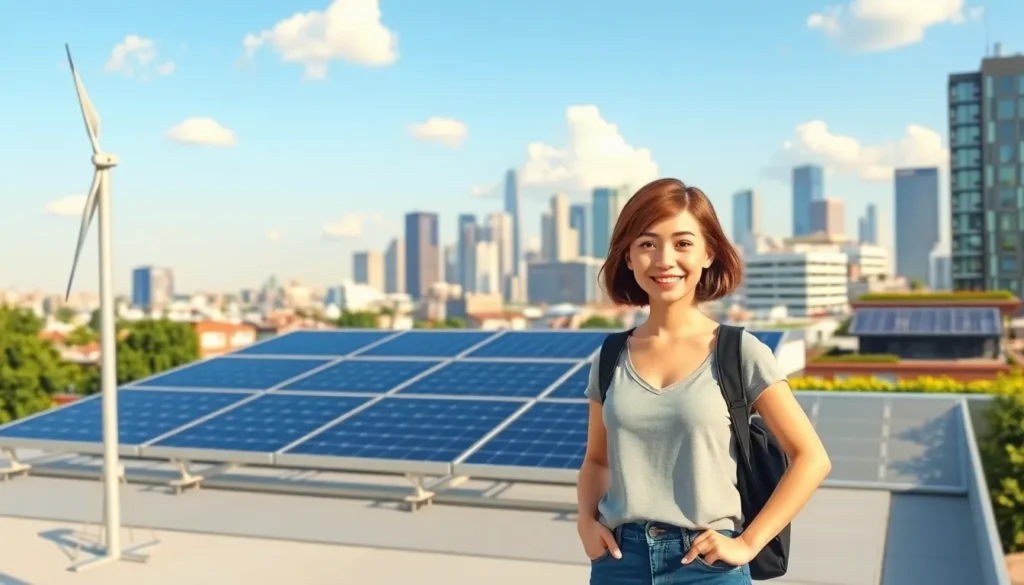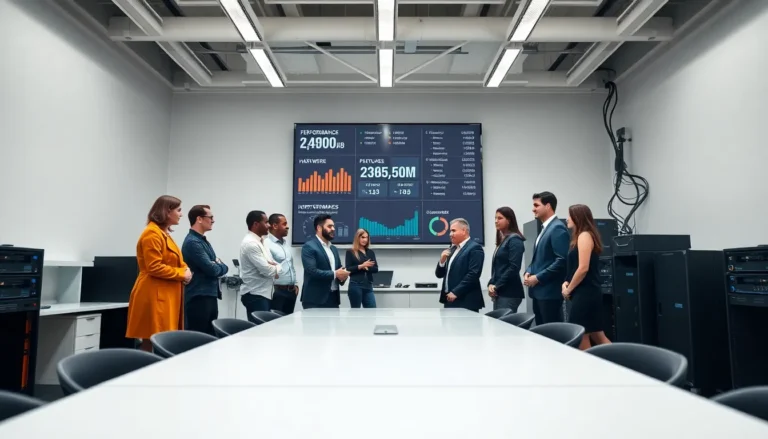In a world where energy demands are ever-increasing, effectively managing and maximizing power consumption has never been more crucial. The concept of “Lots Of Power” encompasses not only the sheer amount of energy available but also how efficiently it is used and harnessed. This article delves into the myriad aspects of energy production and consumption, exploring the technologies, practices, and case studies that illustrate how society can tap into vast energy potential while remaining sustainable. Join us on this journey to understand the transformative power of energy in our everyday lives.
Table of Contents
ToggleUnderstanding Lots Of Power

The phrase “Lots Of Power” evokes the image of abundant energy sources and the potential they hold. This concept speaks to both the quantity of energy produced from various resources, such as fossil fuels, solar power, wind energy, and hydroelectric systems, as well as the systems we have in place to use that energy effectively. Understanding how these sources work and how they fit into the broader energy ecosystem is essential for maximizing their benefits.
Power generation is not just about the amount but also the quality of energy produced. Renewable sources like solar and wind offer vast potential, which can be harnessed in innovative ways to provide cleaner alternatives to traditional energy sources. As the world increasingly shifts towards more sustainable practices, the importance of fully understanding energy dynamics becomes paramount.
The Importance Of Energy Efficiency
Energy efficiency is a core principle related to “Lots Of Power.” It refers to using less energy to provide the same service, drastically reducing waste and costs in the long run. According to the U.S. Department of Energy, improving energy efficiency in buildings can lead to substantial savings while simultaneously reducing environmental impacts.
For businesses and households alike, implementing energy-efficient practices, such as upgrading to Energy Star appliances, optimizing heating and cooling systems, and employing smart home technologies, can be transformative.
Using less energy not only conserves resources but also promotes a sustainable future by reducing greenhouse gas emissions.
Innovative Technologies Driving Lots Of Power
Numerous innovative technologies are reshaping how power is generated, distributed, and consumed. From smart grids that enhance the reliability of energy delivery to energy storage solutions like advanced batteries, these innovations play a crucial role in maximizing power potential.
Plus, developments in solar panel technology are increasingly making renewable energy more accessible. Companies are developing flexible solar panels that can be integrated into roofs more seamlessly, while others are working on solar technologies that generate power even under cloudy conditions.
Besides, artificial intelligence (AI) is playing a significant role in optimizing energy usage. AI-driven algorithms can analyze energy consumption patterns, enabling managers to make data-driven decisions to minimize waste and cost.
Sustainable Practices For Maximizing Power
Maximizing energy potential through sustainable practices is essential for combating climate change. Organizations focused on sustainability often consider the entire energy life cycle, from production to consumption.
Practices like reducing energy waste during production, transitioning to clean energy sources, and utilizing carbon offsets are key strategies. Organizations can also encourage employee participation in energy-saving initiatives, such as reducing air conditioning settings, switching off lights in empty rooms, and optimizing equipment usage times.
The implementation of sustainability in design, often referred to as green building, further enhances energy efficiency. Green buildings use renewable resources, energy-efficient materials, and innovative designs, substantially reducing their energy footprint.
Case Studies: Real-World Applications
Examining real-world applications of energy strategies helps illustrate the practical impact of maximizing power. For instance, the city of San Diego has implemented a comprehensive solar program, aiming to power public facilities entirely with renewable energy. This initiative not only reduces operational costs but also sets a benchmark for other cities to follow.
In another case, Tesla’s deployment of solar roof tiles in homes allows homeowners to generate their own electricity sustainably. This innovation represents a significant shift towards homeowner energy independence and can potentially reduce reliance on traditional power grids.
These case studies exemplify how integrating advanced technologies and sustainable practices can lead to impressive gains in energy efficiency, eventually benefiting both the environment and community energy autonomy.
Challenges And Future Trends
Even though the advancements in harnessing power, several challenges lie ahead in the quest for optimizing energy usage. Issues such as energy storage, grid reliability, and integrating diverse energy sources into existing infrastructures remain pressing hurdles. The current reliance on traditional energy sources continues to complicate the shift toward greener alternatives.
But, trends indicate a move towards microgrids and decentralized energy production, allowing communities to generate and manage their energy supply more effectively.
Also, as governments worldwide increasingly prioritize renewable energy, financial incentives and regulations aimed at promoting energy efficiency are on the rise. Innovation will continue to play a vital role in overcoming these challenges, paving the way for a more sustainable future.
Conclusion
The concepts surrounding “Lots Of Power” highlight the need for understanding and maximizing energy potential from both a technological and sustainable perspective. By embracing innovations, enhancing energy efficiency, and implementing sustainable practices, individuals and organizations can make meaningful strides toward a more sustainable energy future. As challenges persist, forward-thinking solutions will be key in harnessing our planet’s vast energy resources while ensuring environmental stewardship. Eventually, the relationship between energy consumption and efficiency will shape the future of energy, pushing us toward a more empowered world.






